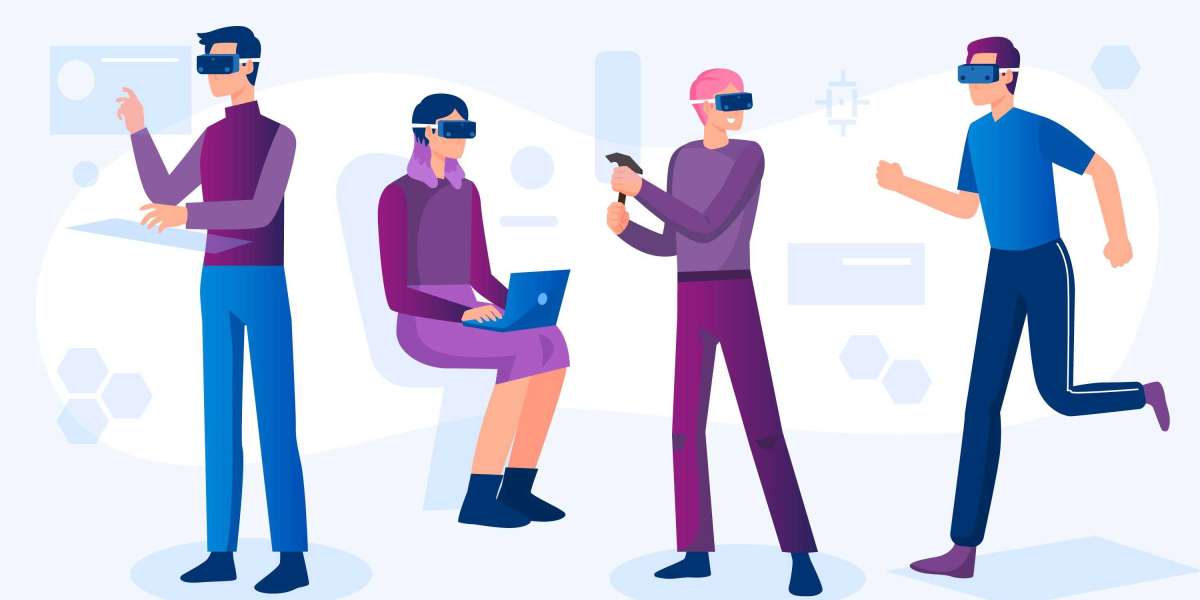In today's experience-driven world, creating immersive audio visual (AV) experiences has become a powerful way to captivate audiences, convey messages, and leave lasting impressions. Whether it's for live events, exhibitions, corporate presentations, or entertainment venues, an immersive AV experience can transport attendees into a world of multisensory engagement. Here's how you can create an immersive audio visual experience:
Multisensory Integration:
Combine high-quality audio, visuals, lighting, and special effects to stimulate multiple senses simultaneously, creating a fully immersive environment.
Incorporate elements like scent diffusion, haptic feedback (vibrations or motion), or environmental effects (wind, mist, or temperature changes) to further enhance the sensory experience.
Leverage advanced technologies like spatial audio, surround sound, and projection mapping to create realistic and enveloping soundscapes and visuals.
Interactive and Responsive Elements:
Implement interactive displays, touchscreens, or gesture-based interfaces that allow attendees to actively engage with the content and environment.
Incorporate responsive elements, such as motion sensors or biometric data (heart rate, eye tracking), to create personalized and adaptive experiences based on individual interactions.
Utilize gamification techniques, augmented reality (AR), or virtual reality (VR) to create immersive and interactive narratives or simulations.
Seamless Integration and Cohesion:
Ensure seamless integration of all AV components, including audio systems, video displays, lighting, and control systems, to create a cohesive and unified experience.
Implement advanced control and automation solutions to synchronize and orchestrate various elements, ensuring smooth transitions and a continuous flow of content and effects.
Carefully consider the physical environment, architecture, and spatial design to optimize the immersive experience and eliminate potential distractions or obstructions.
Storytelling and Emotional Connection:
Craft a compelling narrative or storyline that guides attendees through the immersive experience, creating a sense of journey and emotional connection.
Leverage the power of multimedia content, such as videos, animations, or interactive installations, to convey messages and evoke emotions effectively.
Incorporate personalized or customized elements that resonate with attendees on a deeper level, fostering a sense of ownership and connection with the experience.
Attention to Detail and Execution:
Pay close attention to every detail, from the quality of audio and visuals to the precision of lighting cues and special effects.
Implement robust testing and rehearsal processes to identify and address potential issues or technical glitches before the actual experience.
Collaborate with experienced AV professionals, content creators, and production teams to ensure flawless execution and a polished, high-quality immersive experience.
By combining multisensory integration, interactive and responsive elements, seamless cohesion, compelling storytelling, and meticulous attention to detail, you can create truly immersive audio visual experiences that captivate audiences, foster emotional connections, and leave lasting impressions. Whether it's for entertainment, education, or corporate events, an immersive AV experience has the power to transport attendees into a world of wonder, engagement, and unforgettable memories.
Read More Here:- https://buymeacoffee.com/harrisallex/the-importance-ceiling-speaker-placement-commercial-spaces







